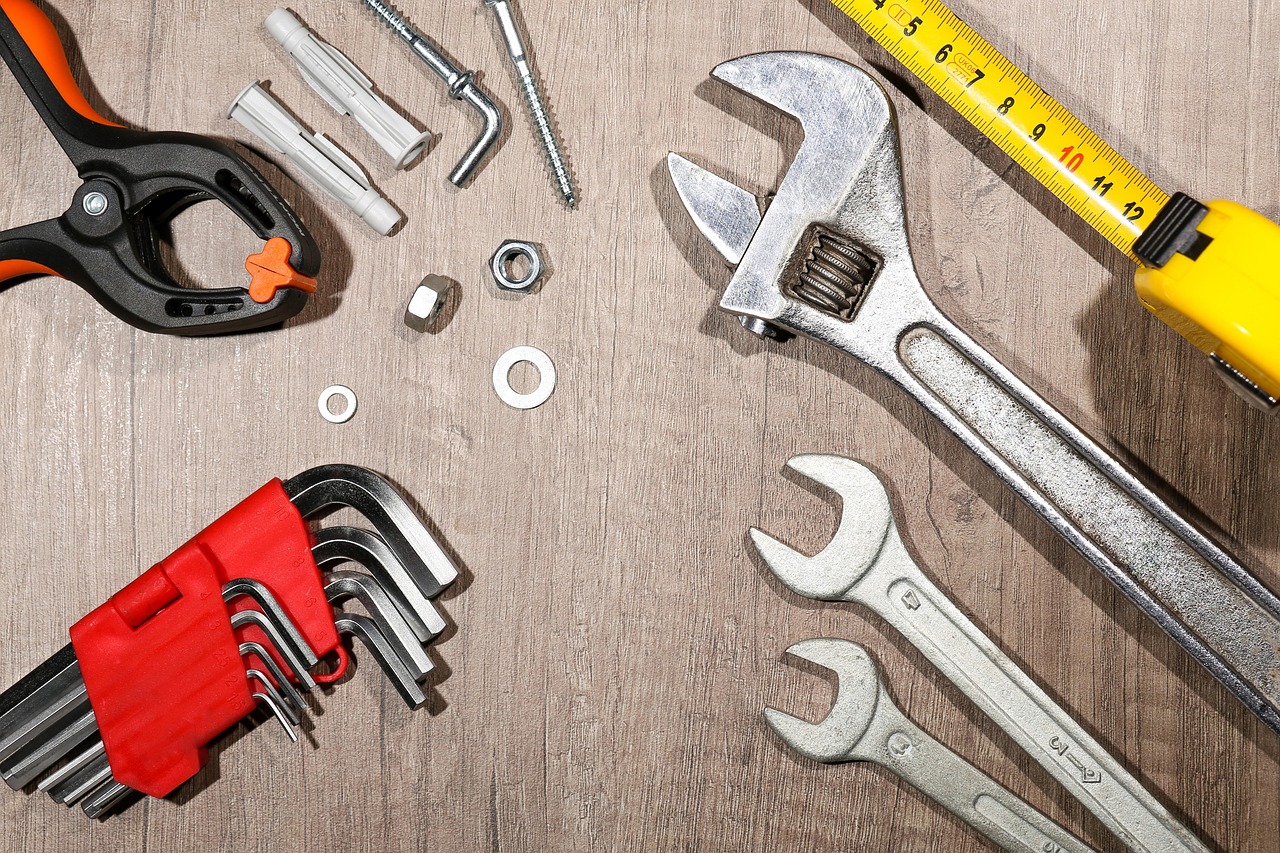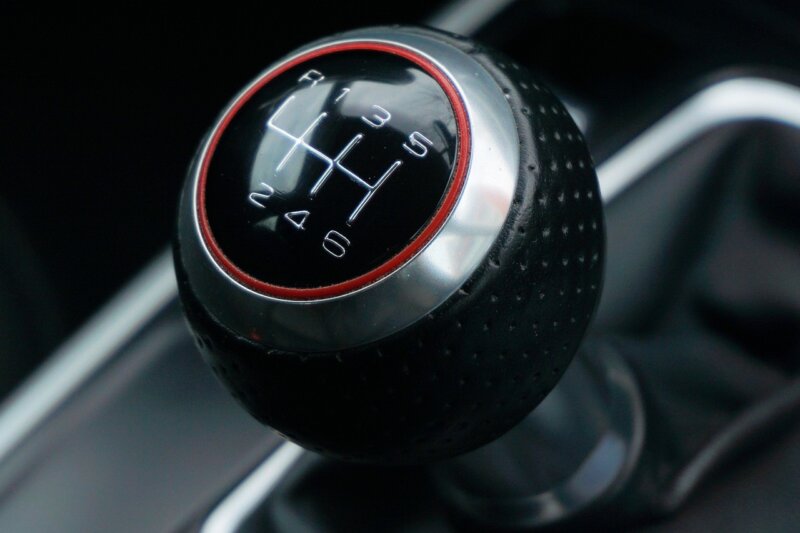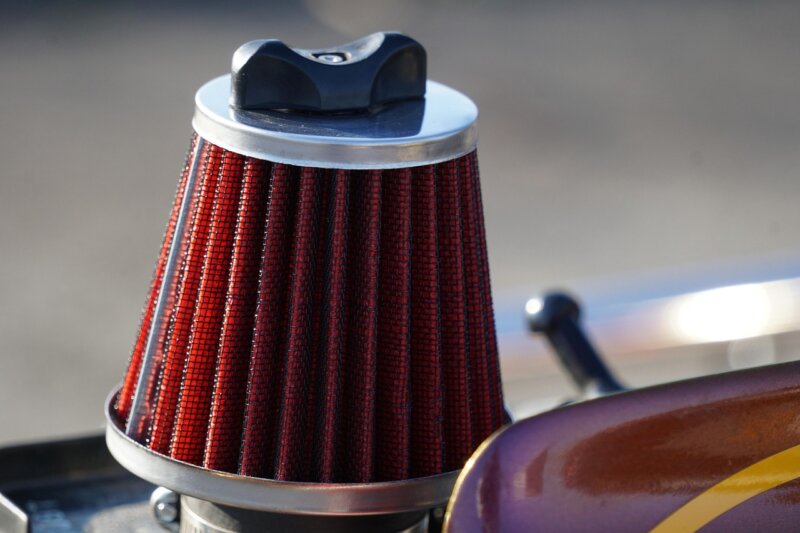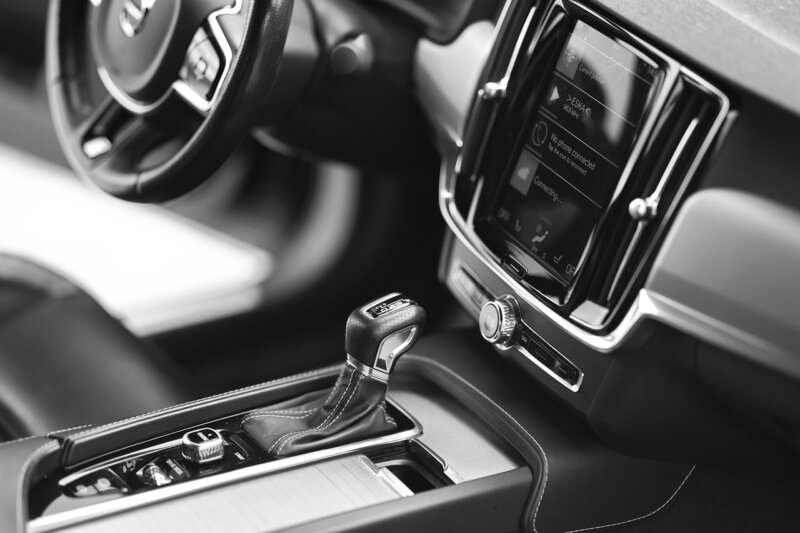Torque wrenches can feel tricky at first. Too much force can strip threads, too little leaves parts loose. With a few habits and proper technique, torque measurement gets easy and accurate.
This guide covers proper use, common errors, maintenance, and calibration. The goal is safe fastening with precision tools you can trust. You will find clear steps and simple examples you can apply today.
Types of Torque Wrenches
Different torque wrenches fit different jobs. Pick the type that matches your torque specification and work style. The right choice boosts measurement accuracy and reduces stress.
Beam Type Torque Wrenches
Beam type wrenches use a deflecting steel beam and a fixed pointer. The beam flexes as you apply force, and the pointer shows the torque value. This design is simple, stable, and easy to read.
Common models include TW-1.2, TW-2.2, TW-1, and TW-2. The TW-1 has a 1/4 inch drive with an adapter for 3/8 inch bits. The other models accept 3/8 inch drive sockets.
Check calibration by seeing if the pointer sits at zero when at rest. If it misses zero, gently bend the pointer shaft until it aligns. A straight zero gives reliable torque measurement for future tasks.
Click Type Torque Wrenches
Click type wrenches are the most used option. Twist the handle to set the torque value, then tighten. When the set torque is reached, the wrench clicks or breaks free slightly. That signal means stop turning.
Use these tools in the middle of their scale for best accuracy, about 40 to 80 percent. For example, adjusting from 90 to 100 pound-feet matches many wheel lug specs at 100 pound-feet. A current factory calibration certificate adds confidence.
After each job, dial the wrench to its lowest setting. This eases spring tension and helps calibration hold steady. Simple care supports long service life.
Electronic (Digital) Torque Wrenches
Digital wrenches display torque in real time. Sensors and a small computer control accuracy and alerts. Many models beep or flash just before the set value to prevent overtorque.
Some tools record data for quality checks. You can share records by Wi-Fi, Bluetooth, or RFID. Programmable targets make repeat work faster and cleaner.
Most shops calibrate digital tools every 12 months or after 5,000 uses. Store them dry and away from heat or humidity. Good storage helps protect sensitive electronics.
Cam-Over and Break-Over Torque Wrenches
Cam-over wrenches have a locking mechanism that stops extra force after the preset is reached. The handle slips when you hit the set torque. This protects parts that fail if overtightened.
Break-over wrenches hinge at a set angle once target torque is reached. That small snap tells you to stop. Both styles cut risk on critical fasteners in mechanical or automotive tasks.
Plan regular calibration and careful storage. These steps keep accuracy steady over time.
Proper Use of a Torque Wrench
Good technique is the foundation of measurement accuracy. The steps below protect parts and preserve your tool.
Setting the Correct Torque Value
For a click wrench, unlock and loosen the handle first. Check the scale units, pound-feet or Newton-meters. Units matter for correct torque measurement.
Set the handle to the needed value. A common case is 100 pound-feet for an axle nut on a 2004 Trailblazer. Move the dial in small steps from 90 to 100 to avoid overshoot.
Lock the setting by tightening the bottom nut or collar. Use the vehicle manual or a trusted database to confirm the torque specification. Stay within 20 to 90 percent of the wrench capacity for best accuracy.
The basic formula helps: Torque in Newton-meters equals Force in newtons times Lever length in meters. T = F x L. Knowing this teaches why handle position and extensions matter.
Applying Torque Smoothly and Consistently
Apply slow, steady pressure at the handle. Avoid quick or jerky motions. Stabilize the head with one hand and pull with the other.
Clean threads before tightening. Dirt or rust can distort readings and lead to errors. Set the wrench inside its optimal range for consistent results.
For patterns with many bolts, use a cross or star pattern. Make two or three passes, each closer to the target. Approach the final setting from below, then click once at the target.
For click wrenches, schedule calibration checks on a regular basis. Accurate tools make accurate work.
Returning to the Lowest Torque Setting After Use
After a job, turn the wrench down to the lowest setting. This reduces spring stress during storage and helps hold calibration.
Do not compress the spring between tasks. Long-term tension can cause drift and shorten tool life. Store the wrench locked at the bottom of the scale to prevent accidental changes.
As a rule of thumb, calibrate yearly or every 5,000 cycles. This habit keeps accuracy stable between service checks.
Common Mistakes to Avoid
Small errors can damage fasteners or throw off measurements. Spot them early to protect your tools and your work.
Using a Torque Wrench to Loosen Fasteners
Do not use a torque wrench to break loose bolts. It is built to tighten to a set value, not to loosen stuck parts. Loosening can harm calibration and internal parts.
Most makers warn that loosening can void the warranty. Use a breaker bar or a standard ratchet for removal. Save the torque wrench for final tightening only.
Dropping the Torque Wrench
A drop can cause hidden damage that you cannot see. Internal parts may shift or bend. Accuracy then suffers, which can make a job unsafe.
If a wrench falls, inspect before use. Check for cracks, loose parts, or odd sounds. In many cases, schedule a professional calibration right away.
Log drops in your maintenance notes. Good records help spot patterns and protect your process.
Storing the Wrench at a High Torque Setting
Storing at a high setting stresses the spring. Over time, the spring can take a set. This causes calibration drift and wrong readings.
Reset click-type wrenches to the lowest value after use. This simple step guards long-term accuracy and helps the tool last.
Using Extensions or Cheater Bars
Cheater bars change the effective lever length, which changes torque. Side loads and non-axial pulls also distort readings. The result is often overtorque and damage.
Only use extensions approved by the maker. Stiffer bars flex less and keep values closer. Universal joints and wobbly adapters can add more error, so use with care.
Follow the user manual for approved setups. Safety and accuracy improve when the setup matches the design.
Importance of Torque Wrench Calibration
Calibration is the process of checking a tool against a known standard. It keeps torque measurement honest and repeatable across jobs.
Why Calibration is Necessary
All tools wear with time and use. Wrenches can drift and apply too much or too little force. That can break parts or cause failures later.
Calibration compares readings to standards like ISO 6789-2. Many industries require proof of calibration for quality and safety. A documented certificate supports compliance and peace of mind.
Recommended Calibration Frequency
Calibrate at least once a year or every 5,000 uses. Heavy use often calls for twice per year.
Recheck sooner if you see problems. Examples include a drop, visible damage, or overload above 25 percent of rated capacity. When in doubt, follow the manufacturer schedule for your model.
How to Calibrate a Torque Wrench
Some shops send tools to a lab. Others verify with a fixture and known weights. Either way, work methodically for reliable results.
Tools Required for Calibration
You will need a calibrated reference, such as a torque analyzer or dial tester. Many setups also use a rigid fixture and a lever arm marked for distance. Known weights and a rope or strap help apply a precise pull at the correct point.
Measure from the square drive center to the handle mark. Keep that length the same for each test. For critical work, use a professional service and keep the certificate on file.
Store wrenches in protective cases after checks. A clean, dry case reduces shock and moisture damage.
Step-by-Step Calibration Process
- Set the wrench to a test value within its normal range.
- Mount the wrench in the fixture so it cannot twist or shift.
- Apply force slowly until the wrench clicks or shows the reading.
- Compare the result with the reference standard.
- If needed, adjust the internal spring or mechanism per the manual.
- Repeat at a few points across the scale, low, mid, and high.
- Record each reading and any adjustments you make.
- If errors remain too large, send the wrench out for certified calibration.
Maintenance Tips for Longevity
Good maintenance helps any mechanical wrench stay accurate. A few minutes after each job saves time and money later.
Cleaning and Proper Storage
Wipe the wrench with a clean, dry cloth after use. Remove dirt and grease from the head and handle. Set it to the lowest torque setting before storage.
Store the tool in a case, in a dry place, and away from heat. Humidity can cause rust. Follow the lubrication steps in the user manual for moving parts.
Do not etch or hammer marks into the body. Marking can affect calibration and strength. Keep simple maintenance notes for traceability.
Regular Inspection for Wear and Tear
Inspect the ratchet, drive, and handle often. Look for wear, corrosion, cracks, or bent parts. Move parts slowly to check for smooth action.
Check the calibration sticker or record before use. If the wrench was dropped or overloaded, inspect closely and recalibrate as needed. Replace worn parts before they fail.
A short inspection habit prevents surprises on the job. It also supports safer work and consistent results.
Bottom Line
Use a torque wrench with care and a steady plan. Set the correct value, apply smooth force, then store the tool at its lowest setting. These simple steps improve torque measurement and extend tool life.
Schedule calibration on a regular cycle, yearly for most users. Calibrate sooner after a drop or suspected damage. Follow the user manual, and get professional help if the wrench will not hold calibration.
Safe fastening starts with good maintenance and calibration. With proper technique and the right checks, your precision tools will deliver accurate results on every project.







